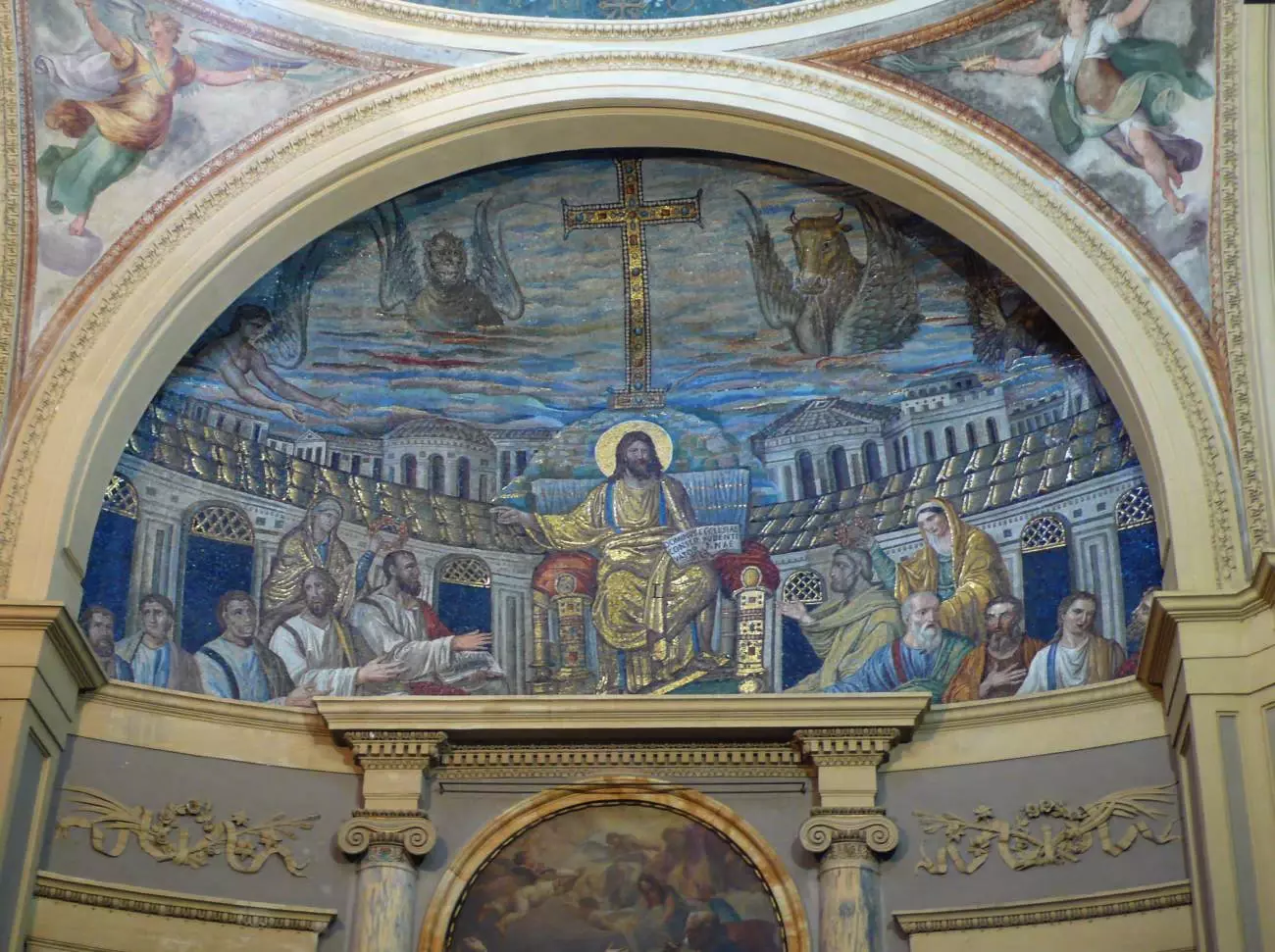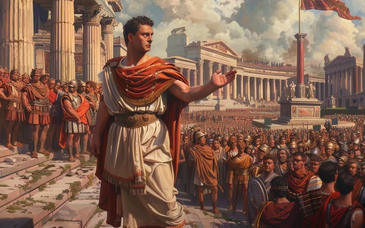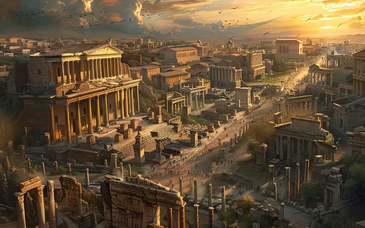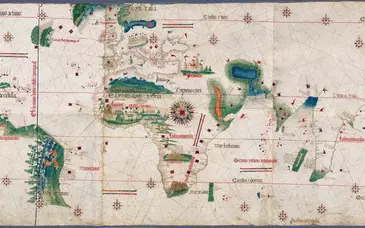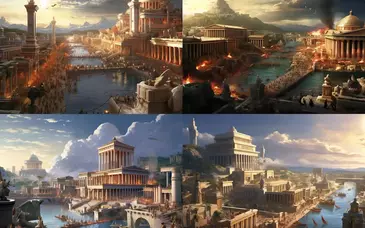Paul was a Jew who was born in Tarsus, a city in modern-day Turkey. He was a Pharisee, a strict follower of the Jewish law. However, he had a conversion experience on the road to Damascus, and he became a follower of Jesus Christ.
After his conversion, Paul began to travel throughout the Roman Empire, preaching the gospel. He founded churches in many cities, including Ephesus, Corinth, and Rome. He also wrote many letters to these churches, which are now part of the New Testament.
Paul's journeys had a profound impact on the development of Christianity. He helped to spread the gospel to a wider audience, and he helped to establish the church as a distinct religious community. His letters are also an important source of information about early Christianity.
One of the most important aspects of Paul's journeys was his willingness to travel to non-Jewish areas. He was the first Christian missionary to travel to Asia Minor and Greece, and he eventually made it all the way to Rome. This helped to spread the gospel to non-Jews, and it helped to lay the foundation for the church's eventual expansion into the Gentile world.
Paul's journeys were also marked by persecution. He was arrested and imprisoned on several occasions, and he was eventually put to death in Rome. However, he never gave up his mission, and he continued to preach the gospel until the end.
Paul's legacy is immense. He is considered to be one of the most important figures in the early Christian church, and his journeys had a profound impact on the development of Christianity. His willingness to travel to non-Jewish areas helped to spread the gospel to a wider audience, and his letters are an important source of information about early Christianity.
Here are some of the key places that Paul visited during his journeys:
- Tarsus: Paul's hometown, located in modern-day Turkey.
- Ephesus: A major city in Asia Minor, where Paul founded a church and wrote several letters.
- Corinth: A city in Greece, where Paul founded a church and wrote the famous letter to the Corinthians.
- Rome: The capital of the Roman Empire, where Paul was imprisoned and eventually put to death.
These are just a few of the many places that Paul visited during his journeys. His travels had a profound impact on the development of Christianity, and they continue to be studied and followed by Christians today.
